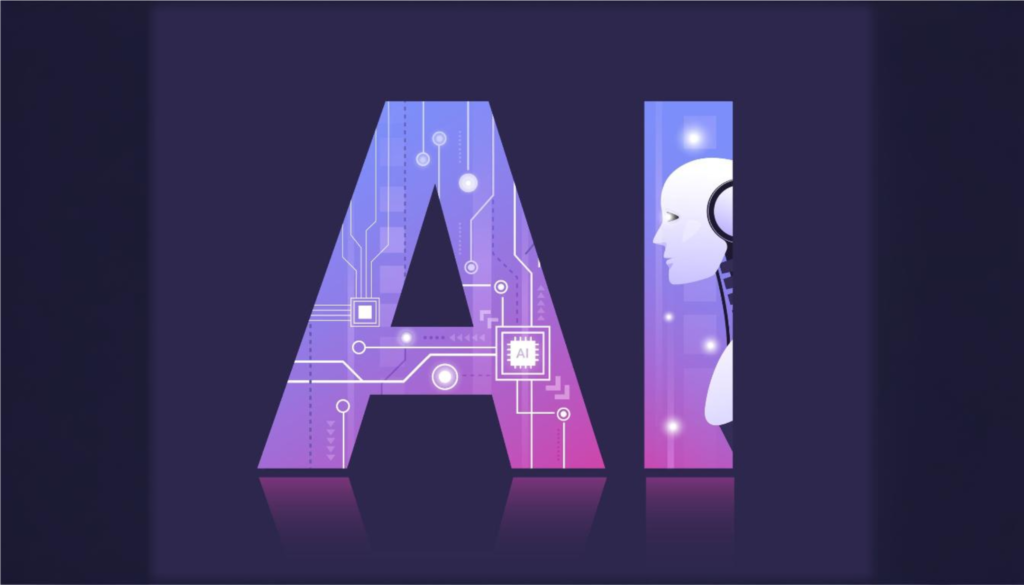The rise of generative AI is, indeed, redefining creativity in ways we once only imagined. As artificial intelligence evolves, its capacity to generate art, music, written works, and intricate designs has, consequently, introduced a whole new range of opportunities. Moreover, creative individuals, content developers, and brands globally are leveraging generative AI to boost creativity, optimize processes, and explore innovations that surpass human abilities.
At its core, generative AI uses algorithms to generate new, original content based on patterns and data sets it has learned. Therefore, this technology can produce everything from lifelike images and videos to stunning artwork and compelling written content. As a result, the rise of generative AI has created, excitingly, opportunities for creative industries, making content creation faster and more dynamic than ever before.
The Rise of Generative AI in Art: Exploring New Frontiers of Expression
The rise of generative AI is transforming the world of art, pushing creative boundaries to levels once unimaginable. With advanced algorithms capable of creating lifelike images, surreal landscapes, and even abstract concepts, generative AI offers artists a powerful new medium. By simply inputting prompts or data, creators can generate unique, inspiring visuals within seconds, allowing for rapid experimentation and exploration. The rise of generative AI is reshaping how artists approach their craft, encouraging innovative expression and collaboration between humans and machines.
Generative AI, moreover, significantly democratizes art by making creative tools increasingly accessible to a broader audience. Consequently, both aspiring artists and seasoned professionals can now, quite easily, utilize AI-powered platforms to explore new styles and techniques. Furthermore, this accessibility empowers creators to innovate and collaborate in ways that were previously unimaginable. This newfound accessibility has fueled the rise of generative AI as a major force in the art world. Galleries, collectors, and enthusiasts are now taking an active interest in AI-generated works. As this technology evolves, it expands creative possibilities and sparks important conversations about AI’s role in the future of artistic expression.
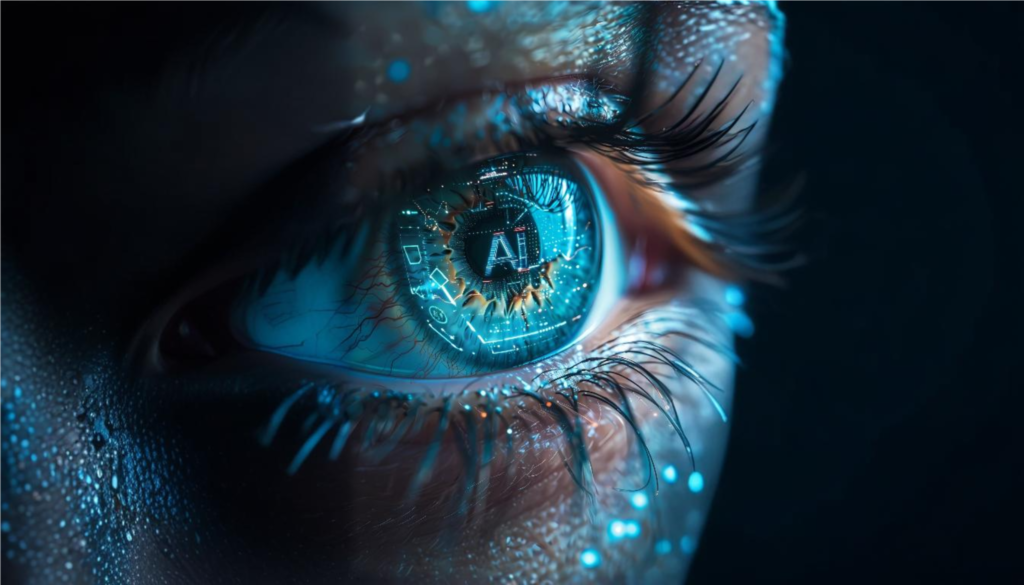
The rise of generative AI is opening up a new era of artistic expression, encouraging creators to push boundaries and innovate like never before. As AI-generated art captures the interest of audiences worldwide, it’s clear that this technology is reshaping the art world, sparking fresh perspectives and unique expressions of creativity.
1. What is Generative AI?
Generative AI refers to systems of artificial intelligence that are capable of producing fresh, original content. In contrast to conventional AI, which operates based on predefined programming or rules, generative AI utilizes deep learning models like neural networks to create new text, images, music, and other forms of media. It analyzes training data to recognize patterns, which it then uses to generate new content. The emergence of generative AI is bringing a transformative change across various industries and providing support to content creators.
2. How Generative AI Works: Key Technologies Behind the Rise
At the heart of generative AI are frameworks such as Generative Adversarial Networks (GANs) and Variational Autoencoders (VAEs). GANs involve two neural networks—the generator and the discriminator—that collaborate to create realistic outputs. The generator produces new content, while the discriminator evaluates its authenticity, facilitating the model’s iterative improvement. This mechanism enables AI to generate realistic art, videos, and even simulated environments. Variational Autoencoders (VAEs) represent another method aimed at content generation, primarily in contexts that require data compression, such as generating images and videos.
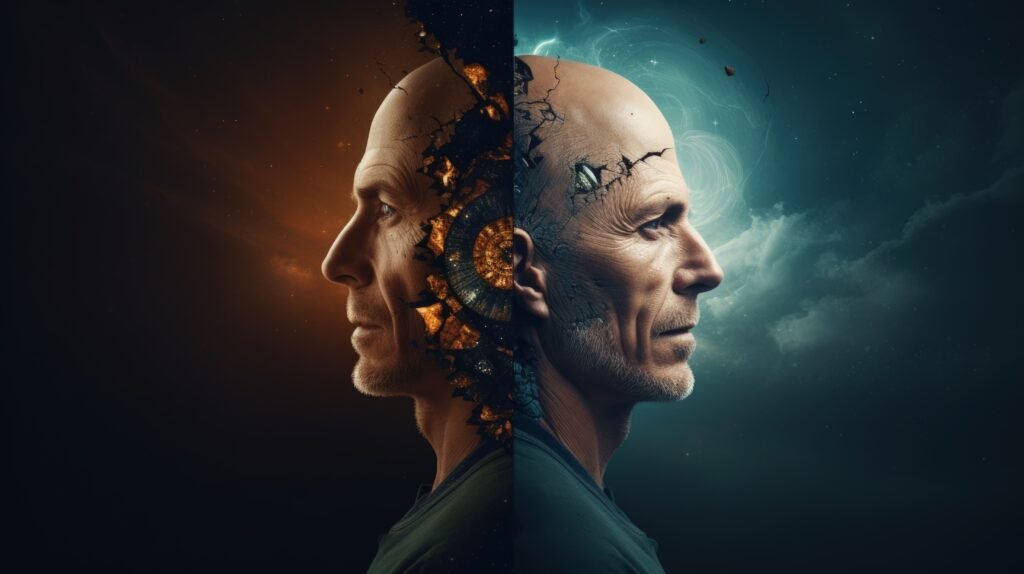
These technologies have contributed significantly to the rise of generative AI, enhancing AI’s role in content creation. With models continually evolving, AI’s capacity to produce high-quality, innovative outputs continues to grow, impacting both the commercial and artistic realms.
3. The Rise of Generative AI in Art: Expanding Creative Boundaries
The emergence of generative AI in the art world is altering conventional ideas about creativity, allowing artists to venture into new realms. Using AI art generators, creators can convert basic prompts into intricate and visually stunning images in mere moments. This technology facilitates quick experimentation, enabling artists to delve into various styles, genres, and effects without needing specialized expertise or significant time commitments.
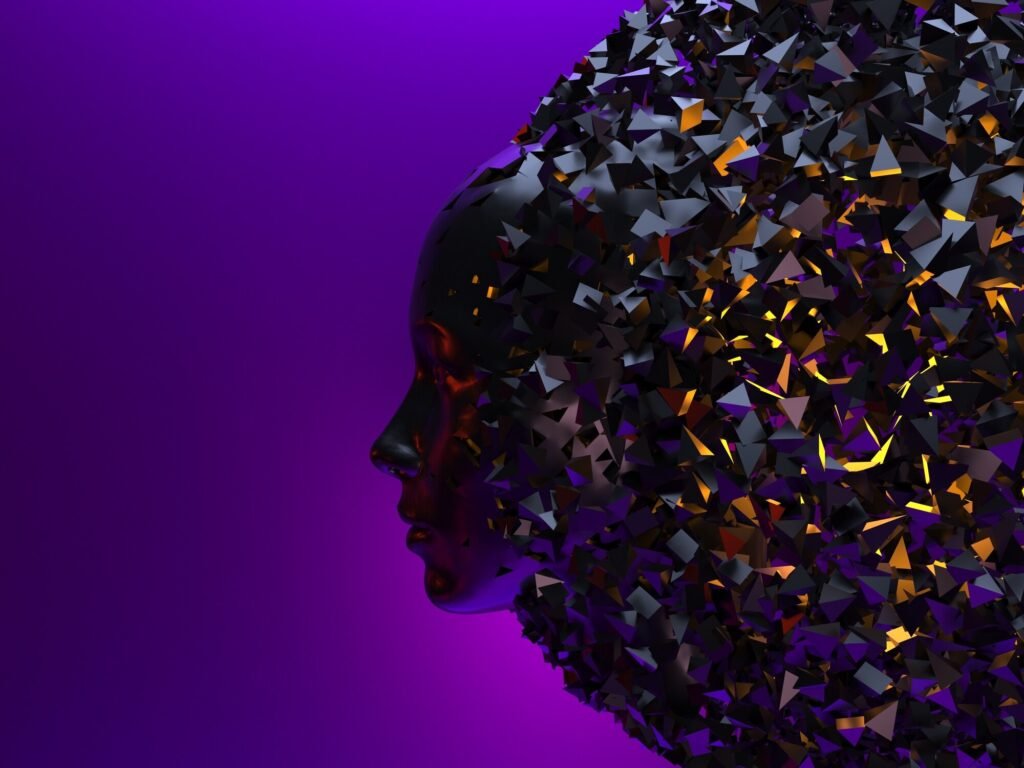
New Avenues for Artistic Exploration
Artists today can blend human intuition with AI’s processing power to create immersive and surreal art that challenges the viewer’s perspective. The ease of use and accessibility of generative AI platforms have democratized art, empowering hobbyists and professionals alike. This shift is increasingly evident, with galleries and online platforms embracing AI-generated works, expanding the range of art accessible to audiences worldwide.
AI as a Collaborative Partner in Art
Generative AI is not replacing artists but rather acting as a collaborative partner, providing a fresh medium through which they can express their ideas. The rise of generative AI offers artists the freedom to experiment beyond traditional techniques, redefining art as we know it. This collaboration between human and machine creativity presents a unique blend of imagination, allowing artists to push past conventional limitations.
4. Generative AI in Content Creation: Revolutionizing Digital Media and Marketing
Generative AI is swiftly transforming digital media, marketing, and content creation, encompassing everything from written articles to visual branding assets. Marketers and content creators leverage generative AI to enhance content production, craft imaginative copy, and create groundbreaking marketing materials that effectively engage their audiences.
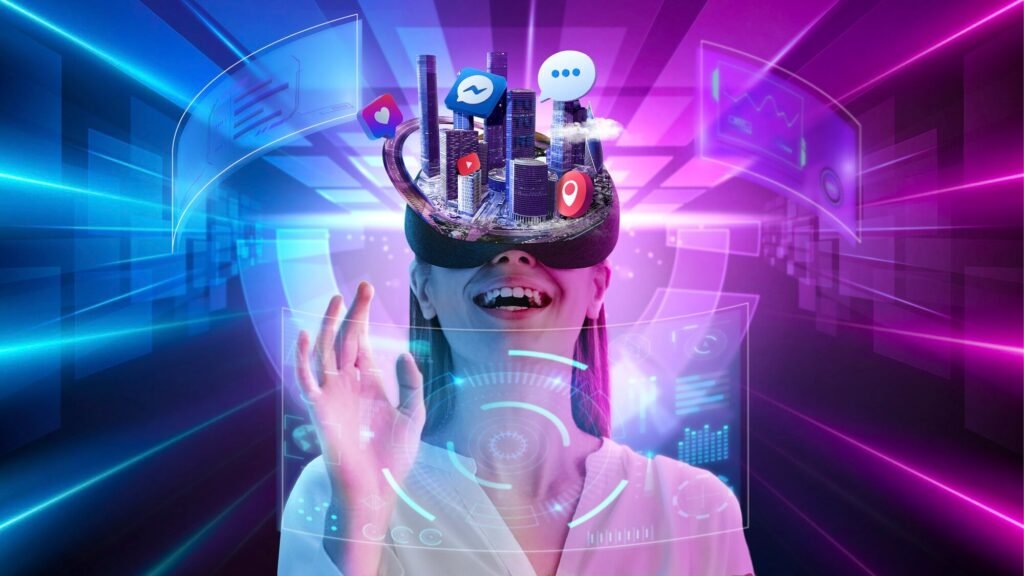
Personalized Content and Increased Efficiency
One of the most significant impacts of the rise of generative AI in content creation is the ability to produce personalized and targeted content. With AI’s data-driven insights, brands can generate content tailored to audience preferences, increasing engagement and brand loyalty. Generative AI helps teams generate fresh content ideas and produce engaging visuals, enabling a faster, more efficient workflow.
Enhancing Creative Campaigns with Generative AI
For digital marketers, AI tools offer resources to design visually compelling graphics, personalized emails, and even promotional videos. By integrating generative AI, brands can enhance their creative campaigns with highly personalized elements, adding value for consumers. As more businesses adopt generative AI, it’s clear that this technology will continue to drive innovation in the content and marketing space.
5. Ethics of AI-Generated Art and Content: Challenges and Considerations
The emergence of generative AI raises significant ethical concerns about originality, authorship, and possible copyright complications. With the growing prevalence of AI-generated art and content, issues regarding authenticity and ownership come into play. For example, when an AI model creates artwork, who holds the ownership? Is it the user who sets the parameters, the creators of the model, or could it even be the AI itself?
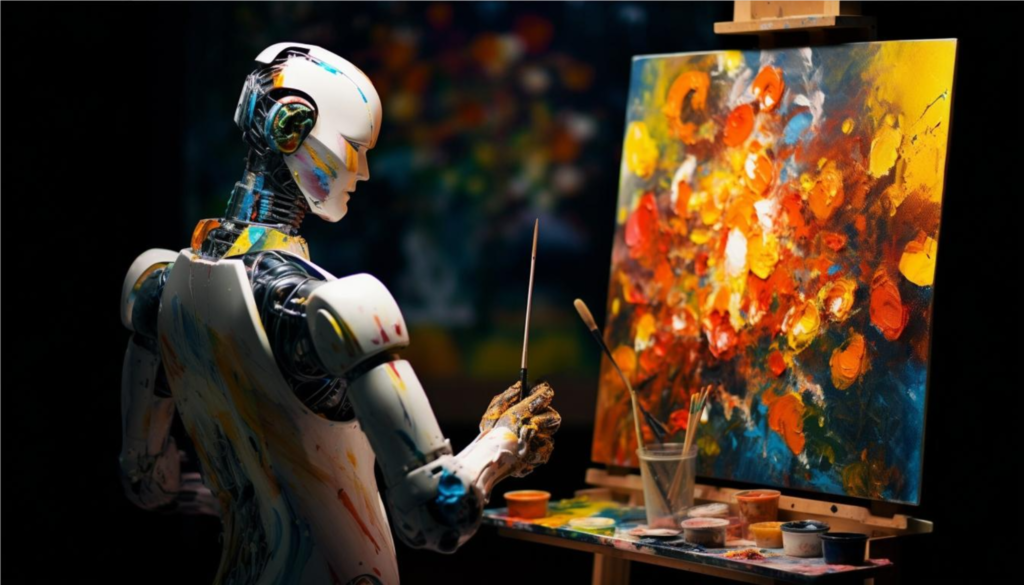
Copyright and Ownership Concerns
In the art and media sectors, copyright laws have yet to adapt to the realities of AI-generated content fully. Currently, most intellectual property laws do not recognize AI as an entity with ownership rights, leading to debates about protecting human and AI contributions. This lack of clarity can discourage artists and businesses from fully embracing generative AI due to legal uncertainties.
Ensuring Responsible AI Usage
While generative AI can be a powerful tool, misuse can lead to potential ethical concerns. For instance, deepfake technology uses generative AI to create lifelike images and videos. However, it can be exploited to produce misleading or harmful content. We need guidelines and regulations to ensure the responsible use of AI in content creation and art.
6. Future of Generative AI: What Lies Ahead for Artists and Content Creators
As generative AI technology progresses, its impact on art and content creation is anticipated to grow even more. Future developments may lead to AI models that can achieve higher levels of realism and subtle creativity, paving the way for innovation in various creative industries.
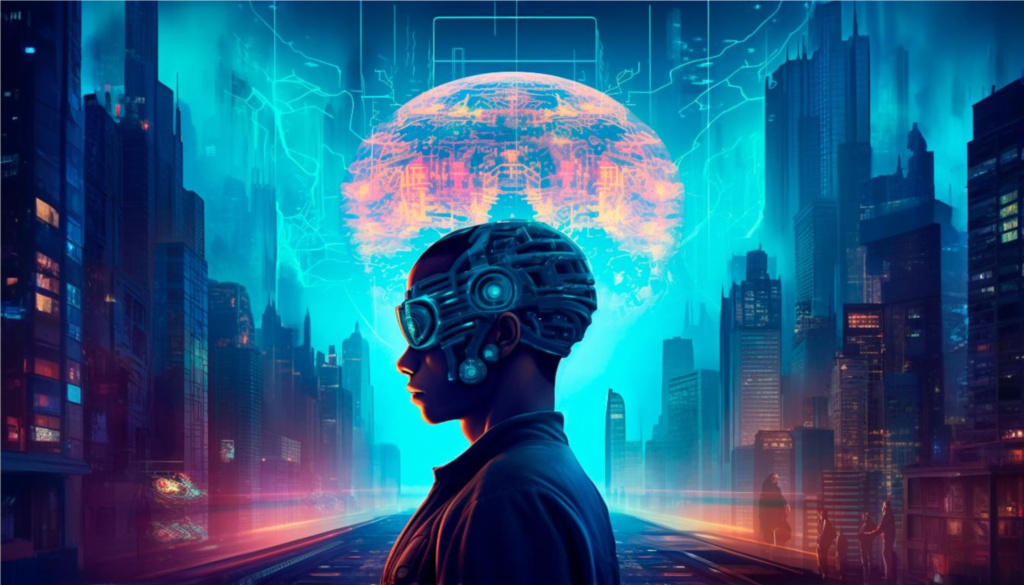
Evolving Tools for Enhanced Creativity
With advancements in AI, artists, and creators can expect more sophisticated tools that improve ease of use, quality of output, and range of applications. The rise of generative AI may lead to the development of specialized models capable of replicating specific art styles, creating personalized content, and even interpreting artistic intent in increasingly complex ways.
Fostering Human-AI Collaboration in Creativity
Looking forward, it is clear that generative AI has the potential to truly foster a collaborative approach to creativity. In this way, AI could seamlessly become an integral part of the creative process rather than serving as just a mere tool. Indeed, with thoughtful integration, we may envision a future where AI and human creativity work hand in hand, ultimately enhancing innovation across artistic fields. This partnership can offer unique insights, assist with problem-solving, and bring human imagination to new heights, enriching the creative process.
Conclusion: Embracing the Rise of Generative AI in Art and Content
The emergence of generative AI, indeed, represents an exhilarating period for both artistic expression and content development. As we embrace this innovation, it not only reshapes creativity but also introduces fresh possibilities that may, ultimately, redefine the way we approach art and media. As tools powered by AI become increasingly advanced and widely available, they offer creators robust resources to experiment, innovate, and introduce novel concepts. This groundbreaking technology acts as a connection between human creativity and machine learning, enabling artists and content creators to expand the horizons of their work.
Nonetheless, as we enthusiastically welcome the growth of generative AI, it is crucial to balance this excitement with a measure of caution. Although the technology undoubtedly provides new and exciting opportunities for creativity, it also raises ethical concerns that, ultimately, need to be addressed to promote its responsible use. By carefully acknowledging both the possibilities and constraints of generative AI, we can better anticipate a future in which this innovative technology meaningfully contributes to the evolving dynamics of art and content.
